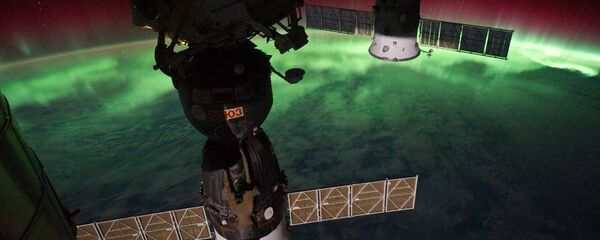"This map has allowed us to make the best measurements yet of the effects of dark energy in the expansion of the Universe. We are making our results and map available to the world," Jeremy Tinker from New York University, a co-leader of the scientific team, said in a press release.
Using a map of 1.2 million galaxies to study the properties of dark energy: https://t.co/Nr4ietSOJm @eBOSSurvey pic.twitter.com/ERcTKU9TkW
— Sloan Digital Sky (@sdssurveys) 14 июля 2016 г.
The new measurements were carried out by the Baryon Oscillation Spectroscopic Survey (BOSS) spectrograph of the Sloan Digital Sky Survey-III project using a dedicated 2.5-m wide-angle optical telescope at Apache Point Observatory in New Mexico, United States.
"We've made the largest map for studying the 95% of the universe that is dark," noted David Schlegel, astrophysicist at Lawrence Berkeley National Laboratory and principal investigator for BOSS. "In this map, we can see galaxies being gravitationally pulled towards other galaxies by dark matter. And on much larger scales, we see the effect of dark energy ripping the universe apart."
The newly-developed map allows researchers to accurately measure how much the galaxies and stars cluster together as a function of time that would help them test General Relativity at cosmological scales, added Shirley Ho, astrophysicist at Berkeley Lab and Carnegie Mellon University.






